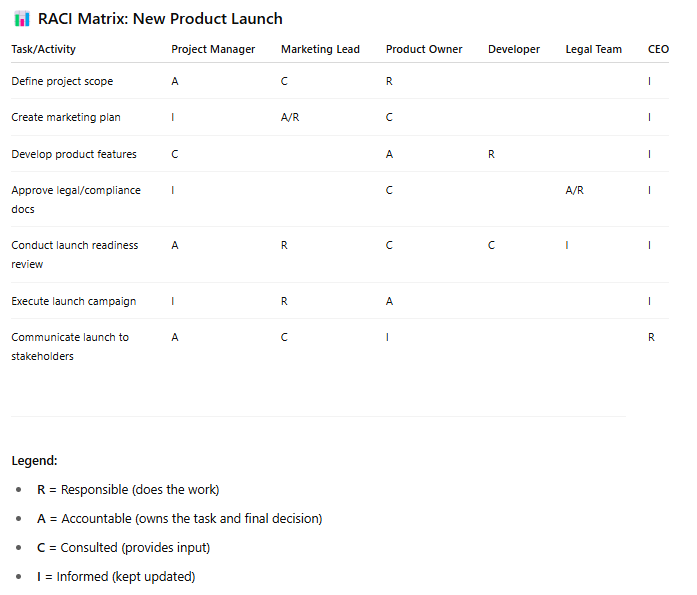
PM Tools for Excellence and Success — A List of Project Management Tools
In this article, we’ll explore a comprehensive list of project management tools that can empower you to take your projects to new heights.
If you are looking for a way to boost your project management skills and prepare for the PMP certification exam, you might have considered taking a PMP boot camp online. But what is a PMP boot camp online, and how can it help you achieve your career goals?
A PMP boot camp online is an intensive and interactive training course that covers all the topics and concepts you need to know for the PMP exam. It is led by a certified and experienced instructor who guides you through the PMBOK Guide, the official reference for the exam, and provides you with tips, tricks, and strategies to ace the test. A PMP boot camp online also satisfies the 35 contact hours requirement that you need to apply for the exam.
There are many benefits of taking a PMP boot camp online, such as:
- You can learn from anywhere, at any time, and at your own pace. You don’t have to travel or take time off work to attend a classroom course.
- You can interact with your instructor and fellow students through live sessions, chat, forums, and email. You can ask questions, share experiences, and get feedback on your progress.
- You can access a wealth of resources, such as videos, slides, quizzes, practice tests, case studies, templates, and tools. You can review the materials as many times as you need to reinforce your learning.
- You can save money on travel expenses, accommodation, and course fees. Online courses are usually cheaper than classroom courses, and some providers offer discounts or guarantees.
However, not all PMP boot camps online are created equal. You need to choose a reputable and reliable provider that offers a high-quality course that meets your needs and expectations. Here are some factors to consider when choosing a PMP boot camp online:
- The instructor’s credentials and experience. You want to learn from someone who has the PMP certification and has extensive project management knowledge and practice. You also want someone who has good teaching skills and can explain complex concepts in simple terms.
- The course content and structure. You want a course that covers all the domains and tasks of the PMP exam content outline and follows the PMBOK Guide. You also want a course that is well-organized, engaging, and interactive.
- The course duration and schedule. You want a course that fits your availability and learning style. Some courses are offered in a compressed format over four or five days, while others are spread over several weeks or months. Some courses have fixed dates and times, while others are flexible and self-paced.
- The course materials and resources. You want a course that provides you with comprehensive and updated materials that reflect the current version of the exam. You also want a course that gives you access to practice tests, mock exams, study guides, flashcards, cheat sheets, and other tools to help you prepare.
- The course support and feedback. You want a course that offers you ongoing support and feedback from your instructor and peers. You also want a course that tracks your performance and identifies your strengths and weaknesses.
- The course reviews and testimonials. You want a course that has positive reviews and testimonials from past students who have successfully passed the exam after taking the course. You also want a course that has a high pass rate and a money-back guarantee.
To help you find the best PMP boot camp online for you, we have reviewed some of the most popular and trusted providers in the market. Here are our top picks:
| Provider | Course Name | Course Features | Course Price |
|---|---|---|---|
| PMI | PMI Authorized On-Demand PMP Exam Prep |
| $699 for PMI members; $999 for non-members |
| PMTI | PMTI 4-Day PMP Boot Camp Online |
| $1990-$2455 depending on the date |
| Certification Academy | Certification Academy PMP Online Boot Camp |
| $995 |
| PM-by-PM | PM-by-PM PMP Boot Camp Online |
| $499-$599 depending on the duration |
| PMAspirant | PMAspirant PMP Boot Camp Online |
| $399-$499 depending on the duration |
Sign-up for a Brain Sensei Free Preview! Our free 7-day previews offer you a glimpse into the resources, teaching methods, and content you can expect from our full exam prep courses, exam simulators and PDU bundles. Fill out the form below and you’ll receive an email with your login details. You’ll get exclusive access to select modules, and get a tantalizing preview of the full content.
Conclusion
Project management tools play a vital role in achieving excellence and success in your projects. By leveraging the right tools for task management, communication and collaboration, project scheduling, reporting and analytics, and documentation and knowledge management, you can streamline your project workflows, enhance team productivity, and make data-driven decisions.
Explore the recommended tools in each category, evaluate their features and benefits, and choose the ones that best align with your project management needs and goals. Remember, selecting the right project management tools is an investment in your project’s success and can significantly contribute to your effectiveness as a project manager.
Embrace the power of project management tools and elevate your projects to new levels of excellence and success!
Have you led projects and are looking to earn a project management certification? You might be interested in learning about how lucrative this can be. Check out these articles.
13 PMP Benefits Once You Get The PMP Certification
No experience leading projects but still want to get into project management? No problem! Check out these articles.
CAPM Certification Eligibility
What is a Certified Project Manager; How do I get PM Certifications


